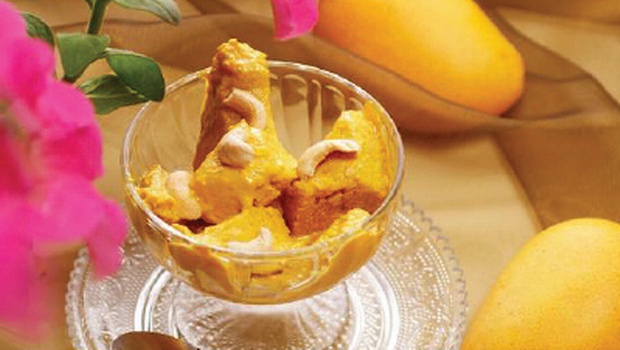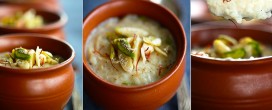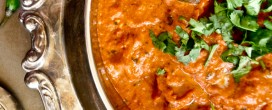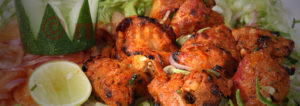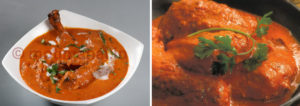As a child I was often confused between the Chinese noodles which I enjoyed eating with green chilli sauce and the translucent noodles which my mom used to serve with kulfi, the subcontinent’s answer to ice-cream or with rose flavoured milkshake with jelly and sometimes even diced fruit. Although there was little similarity between the two, as one was flour noodles with which one makes savoury dish and the other was arrowroot vermicelli used in milkshakes and desserts. To tell you the truth, I like both. I still cherish cold milk with rose syrup, sugar and faloodah with crushed ice on a hot summer day or slightly melted kulfi with faloodah all over it with rose sherbet drizzle .Hmmm! my salivary glands are sweating as I write this column.
Faloodah is known to be of (Iranian) Persian origin and is assumed to have come to India during Nader Shah’s reign. However, in India this vermicelli dish was often made from wheat also.
In the olden days it is said that ice was gathered during the winter or carried from the mountain tops in large insulated underground chambers which allowed ice to be available throughout the summer and even in the desert. The best use was made to prepare desserts like faloodah. Later on, as techniques improved, rose water and sugar were added with the faloodah.
I do not know about others, but I love my kulfi stuffed with dry fruits topped with faloodah as it balances the sweetness of kulfi.
Kulfi is said to have travelled to India with the Mughals between the 16th and 18th centuries. It was prepared in royal kitchens using ice brought in from the Himalayas. This is also documented in the Ain-i-Akbari, a detailed record of the Mughal emperor Akbar’s administration.
Kulfi is traditionally prepared by evaporating sweetened and flavoured full cream milk over low heat, continuously stirring to keep the milk from sticking to the bottom of the vessel where it might burn. The technique is to reduce the volume to half, increasing its fat, protein, and lactose density. It has a distinctive taste due to caramelization of lactose and sugar during the lengthy cooking process. The semi-condensed mix is then frozen in tight sealed moulds. Once frozen, it’s served with faloodah and red rose syrup.Nowadays, kulfi is made with different flavours like mango, cherry, strawberry, chiku etc
One of my favourite versions is matka kulfi, the kulfi set in earthen moulds which imparts an earthy flavor to the dessert.
Let me share a recipe of mango kulfi which was often made in my home.

